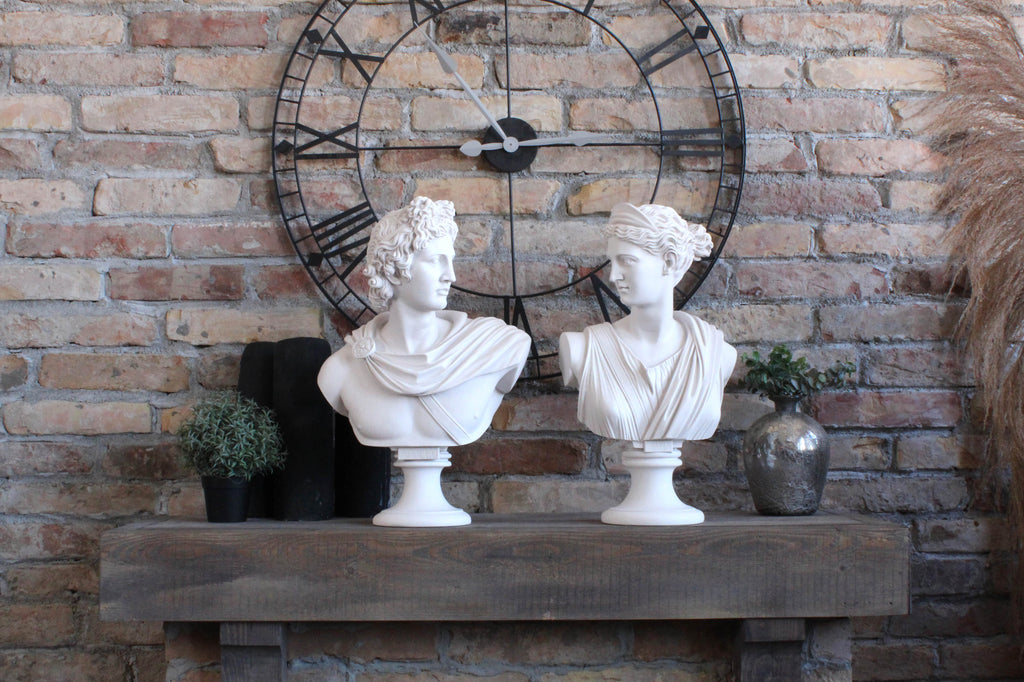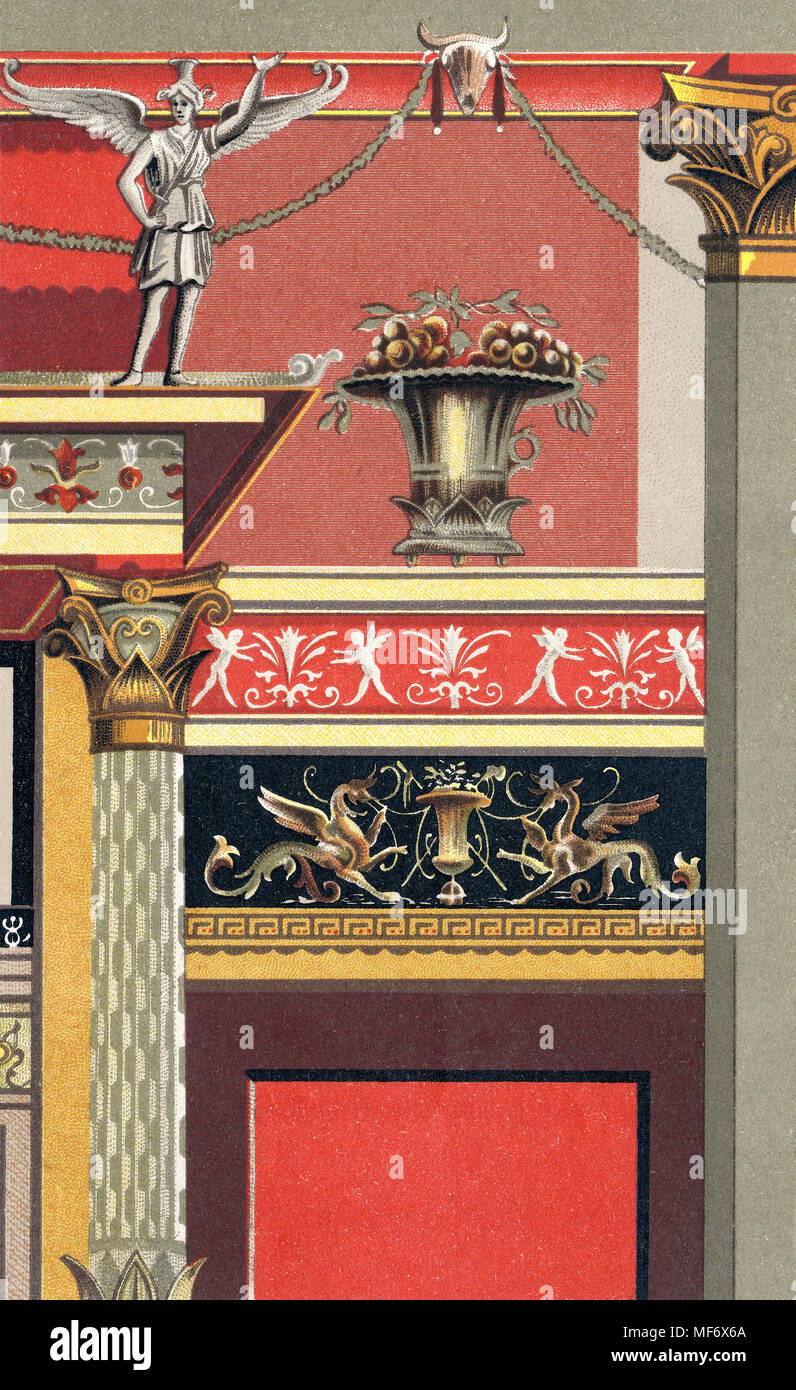Welcome to the world of Ancient Roman decor—a style that not only reflects the grandeur of history but also inspires modern design aesthetics. As someone who has spent years exploring various design philosophies, I can assure you that the elegance and sophistication of Roman decor are unmatched. In this comprehensive guide, we will delve deep into the intricacies of Roman design, explore its elements, and provide practical tips on incorporating this timeless style into your living spaces.
Understanding Ancient Roman Decor
Ancient Roman decor is characterized by its opulence and attention to detail. It combines various elements from different cultures, especially Greek, and incorporates them into a unique Roman flair. The decor reflects the values, beliefs, and lifestyle of the Romans, showcasing their artistry and technological advancements.
The Historical Significance of Roman Aesthetics
The Romans were not just conquerors; they were also great patrons of art and architecture. The ancient Roman Empire, renowned for its impressive structures, left a legacy that continues to inspire decor styles even today. From the grandeur of the Colosseum to the intricate beauty of mosaics, the ancient Romans had a profound understanding of beauty and functionality.
Key Elements of Ancient Roman Decor
To truly appreciate Ancient Roman decor, we must understand its key components:
- Columns and Pillars: Symbolizing strength and stability
- Mosaics: Colorful tile designs that tell stories
- Sculptures: Statues that represent gods, heroes, and mythological figures
- Frescoes: Painted walls that showcase everyday life and nature
- Luxury Materials: Marble, gold, and fine textiles
Incorporating Ancient Roman Decor into Modern Spaces
Bringing the essence of Ancient Rome into your home doesn’t require a grand estate. With a few thoughtful touches, you can create a space that pays homage to this timeless style.

1. Color Palette
The Roman color palette is rich and earthy. Opt for shades of terracotta, ochre, deep reds, and warm beiges. These colors evoke the natural materials used in Roman structures.
2. Furniture Choices
When selecting furniture, look for pieces that feature intricate carvings or classical shapes. Roman-style furniture often includes:
- Thrones and Recliners: High-backed and comfortable
- Banquet Tables: Long and rectangular for gatherings
- Wooden Chests: For storage with artistic designs

3. Decorative Accents
Accessorizing is key to achieving a Roman look. Consider adding:
- Statues: Busts of historical figures
- Mosaics: Incorporate mosaic art into tabletops or wall decor
- Vases: Look for ceramic or glass pieces with classical motifs
4. Textiles
Textiles play an essential role in Roman decor. Opt for rich fabrics like velvet, silk, and linen adorned with intricate patterns. Curtains and cushions can be in bold colors or gold accents.

5. Lighting
Lighting is crucial in setting the mood. Use chandeliers and candle sconces to mirror the opulence of ancient Roman homes.
Pros and Cons of Ancient Roman Decor
| Pros | Cons |
|---|---|
| Timeless elegance that never goes out of style | Can be expensive to source authentic pieces |
| Rich in history and cultural significance | May not suit minimalist design preferences |
| Versatile enough to blend with modern design | Requires careful selection to avoid looking outdated |

Bringing Ancient Roman Decor to Your Home: A Personal Journey
When I first discovered Ancient Roman decor, I was fascinated by its complexity and beauty. One of my favorite projects involved transforming my living room into a Roman-inspired space. I started with a rich terracotta color for the walls, complemented by golden accents in the lighting fixtures. I sourced some beautiful Roman-style furniture from local artisans and added vibrant mosaics to my tabletops. The transformation was not only visually stunning but also enriched my understanding of Roman history.
Tips for a Successful Roman Decor Transformation
- Research: Dive deep into Roman history to inform your design choices.
- Visit Museums: Gain inspiration from ancient artifacts and architectural designs.
- Mix Styles: Combine Roman decor with other styles to create a unique aesthetic.

Common Questions about Ancient Roman Decor
What materials were commonly used in Ancient Roman decor?
Romans favored materials like marble, terracotta, and wooden elements, often adorned with gold leaf or intricate carvings.
How can I find authentic Ancient Roman decor for my home?
You can look at antique stores, auctions, or reputable online retailers specializing in historical decor. Be sure to verify authenticity.

Are there modern interpretations of Ancient Roman decor?
Yes! Many contemporary designers draw inspiration from Roman aesthetics, integrating it into modern furniture and decorative pieces.
Conclusion
Incorporating Ancient Roman decor into your home is a rewarding endeavor that connects you with a rich historical narrative. Whether you choose to go all out with a complete Roman theme or simply add a few key elements, the timeless elegance of this style can transform your living space into a sophisticated haven. I encourage you to explore this fascinating design philosophy and create an environment that reflects both beauty and history.